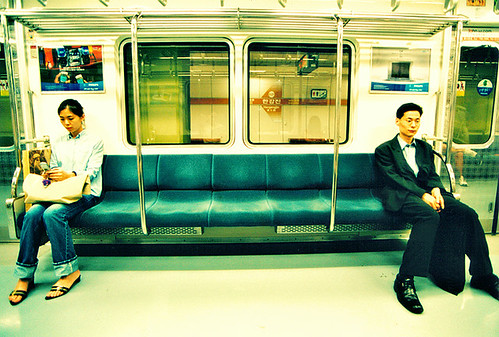I’m sitting in a panel called “The Future of Wide-Area Public Broadband” and Jonathan Taplin, a Professor at USC Annenberg’s School for Communication, just made a point about wireless connectivity. He mentioned that in a class he was teaching a Korean student brought her phone to class–a phone made to work on networks in Seoul. She explained that she could watch 30 minute videos on the phone, seamlessly streaming while walking through the city or riding the subway. He went on to say that in the United States many municipalities are relying–or did rely–on a rather pathetic effort from Earthlink to build out wireless networks.

The problem, it seems, is that the United States doesn’t follow the policies of Korea. Those policies are can be summed up by one word: subsidize. Korea rents computers to poor families for what one questioner cited as $2 per month. This gets many people clamoring for connections, driving demand. I imagine that this demand doesn’t matter as much as it might otherwise were Korean wireless companies not also subsidized.
What’s curious to me is that no one has mentioned the other glaring difference between the U.S. and Korea. Seoul is a dense city–like a neutron star. There are 17,000 people for every square kilometer in Seoul. Back in the states, only Union City and West New York, both cities in New Jersey, have that density or greater. New York city is only 10,000 people per square kilometer–only about 60% of Seoul’s density.
If you look farther down the sheet of America’s most dense cities, you’ll notice that all but the top-five large cities have a density ranging from 1,000 to 6,000 people per square kilometer. With most U.S. large cities at best coming in at one third as dense as Korea’s capital it seems natural that the U.S. would have different approaches to wireless connectivity.
I’m all for sorting out the public policy differences and discussing what regulation help and hurt broadband deployment, but let’s be honest when we’re comparing apple to oranges–or in this case, supercities to plain, old cities.

 The Technology Liberation Front is the tech policy blog dedicated to keeping politicians' hands off the 'net and everything else related to technology.
The Technology Liberation Front is the tech policy blog dedicated to keeping politicians' hands off the 'net and everything else related to technology.